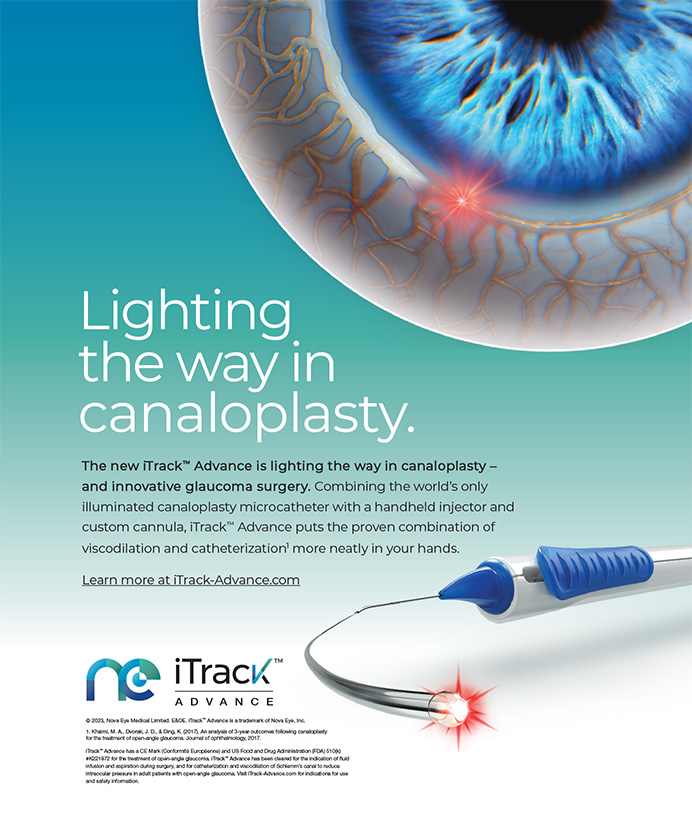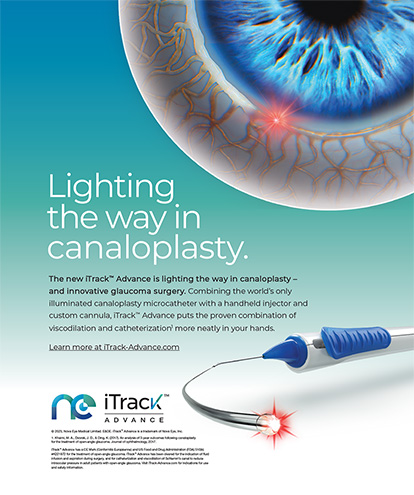The landscape of refractive surgery is undergoing a radical shift, much of which is demographically driven. The LASIK market in the US is relatively flat with low, single-digit growth. Some ophthalmologists blame fuel prices, the economy, or financial uncertainty, but, in reality, the economy remains quite strong. Others believe that, in addition to seasonal variations, LASIK volumes track with overall consumer confidence. With wavefront-guided treatments and femtosecond flaps, we as refractive surgeons are delivering the best results ever seen with keratorefractive surgery. By all accounts, this should be the golden age of laser vision correction, so where have all the LASIK patients gone?
DWINDLING LASIK PROCEDURES
Age
Perhaps much of the decline in surgical volume lies in the fact that many of the correctable patients have simply gotten older. In 1996, the average baby boomer was 41 years old, which is well within the potential age range of patients for laser vision correction. Now, many of these patients are in their early 50s and opting for lens-based surgery instead. In essence, I believe we are penetrating more deeply into the addressable pool of LASIK patients as technology improves and laser vision correction becomes more acceptable. On the other hand, as baby boomers age, the pool of potential patients shrinks.
More Options
With three presbyopia-correcting IOLs on the market in the US, we now have tools with which to treat this huge population of older individuals. Patients with clinically significant cataracts can upgrade to these technologies, and off-label refractive lens exchange can simultaneously correct ametropia and presbyopia. According to Shareef Mahdavi, if 20 of the cataract market converts to presbyopia-correcting IOLs, it will be the second largest elective medical market among all specialties.1 What is the number 1 market? LASIK. As ophthalmologists, we are fortunate to have the potential to provide the top two elective procedures in all of medicine.
Positive Financial Model for Elective IOL Surgery
The Centers for Medicare & Medicaid Services have allowed doctors to bill patients for these upgraded IOL technologies, which should stimulate incredible scientific innovation. In fact, I can think of no greater economic stimulus for the development of future IOLs than the financial incentive of charging a premium price for these lenses. Although Alcon Laboratories, Inc. (Fort Worth, TX), and Advanced Medical Optics, Inc. (Santa Ana, CA), both contributed significantly to the development of this financial model, much of the credit belongs to Andy Corley, CEO of Eyeonics, Inc. (Aliso Viejo, CA). For years, he single-handedly pushed for the eventual ruling by the Centers for Medicare & Medicaid Services for these IOLs, despite great skepticism from the ophthalmic industry.
Who will perform presbyopia-correcting IOL surgery?
I believe it is likely that presbyopia-correcting IOL surgery will probably segment into "haves" and "have-nots" in that a relatively small minority of surgeons will perform most of the volume. There is certainly a much greater hassle involved in educating and counseling these patients, optimizing biometry, and correcting postoperative ametropia. Many surgeons do not feel comfortable asking patients for thousands of extra dollars to upgrade their IOLs. Other ophthalmologists may serve communities where little disposable income is available for these lenses. Moreover, a number of surgeons lack the ability to perform the keratorefractive enhancements needed in a significant percentage of these cases. Still others will conclude that this added work simply overshadows the potential gain. On the other hand, declining reimbursement will spur some surgeons to embrace this technology.
THE CHALLENGE OF DEALING WITH PRESBYOPIC PATIENTS
Regardless of the IOL used, even perfectly executed surgery may not avoid a very dissatisfied patient. Multifocal IOLs are sometimes associated with unwanted images and a loss of overall visual clarity. These issues are typically not associated with the Crystalens (Eyeonics, Inc.), but some patients may not achieve the degree of accommodation for which they hoped. Since patients pay thousands of dollars for these technologies, the potential for frustration is high with all presbyopia-correcting lenses. The temperament we need in order to deal with these patients is a new concept for many of us.
FRESH APPROACHES TO PROMOTING NEW TECNOLOGY
Marketing presbyopia-correcting IOLs will require different strategies. I suspect that interested senior citizens will more likely respond to word of mouth rather than a slick marketing campaign. In my experience, candidates for presbyopia-correcting IOLs are much more likely to ask their friends about surgeons and their reputations than are LASIK candidates. With new IOLs, the patients' experiences and outcomes drive the market.
THE SIGNIFICANCE OF INTERMEDIATE VISION
The need to provide patients with good intermediate vision postoperatively has grown significantly along with increasing computer usage during the past decade. Treatment strategies that emphasize good near and distance vision while ignoring intermediate vision will dissatisfy many patients.
CONCLUSION
The market has clearly demonstrated that there are ways to achieve successful clinical results with all of the available presbyopia-correcting IOLs. These technologies perform well but will inevitably be surpassed by better lenses in the future. Taking full advantage of these IOLs requires a revision of practice patterns, but with judicious application they can be a rewarding modality.
Steven J. Dell, MD, is Director of Refractive and Corneal Surgery at Texan Eye Care in Austin. He is a consultant to Advanced Medical Optics, Inc., and Eyeonics, Inc. Dr. Dell may be reached at (512) 327-7000; sdell@austin.rr.com.


